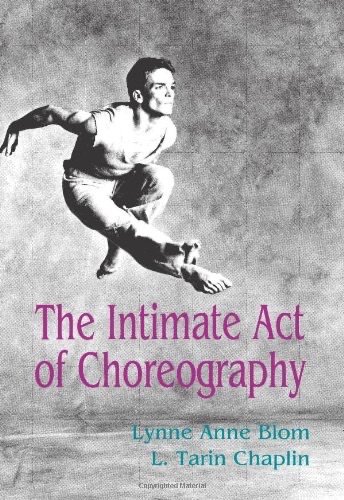Domain 1: Planning and Preparation
1a. Demonstrating Knowledge of Content and Pedagogy
My pedagogical practice is guided by a variety of resources, included dance technique pedagogy, creative dance and choreography pedagogy, anatomy and kinesiology for dancers, dance history, specific dance and educational teaching styles, culturally relevant teaching, classroom management, and differentiated instruction. I refrence these materials to best align my dance content and teaching strategies with best practices in dance education.
1b. Demonstrating Knowledge of Students
Demonstrating knowledge of students is essential for planning lessons that build on students’ prior knowledge, assets, and interest. Aligned with culturally relevent teaching, I adapt my instructional materials and strategies based on the unique individuals in my classroom to facilitate meaningful and equitable learning experiences. The example is a planned support from a lesson that utilized the popular social media platform, TikTok. As a summative assessment for their ballet unit, students were tasked to create an educational TikTok about ballet, utilizing prior unit material. Take a look at what some of my students created!



Above is an example of a group of student’s Ballet TikTok Movement Study.
Danielson in Action: Student Teaching Internship Evaluations
Below is an evaluation from cooperating teacher from my student teaching internship in regards to this component of Danielson.
Cooperating Teacher: Mrs. Michelle Perosi
1d. Demonstrating Knowledge of Resources
During my student teaching internship, I utilized peer feedback protocols from Dr. Heidi Andrade’s Arts Assessment for Learning to plan for constructive peer feedback sessions. According to Dr. Andrade, peer feedback sessions are effective when students are provided with clear criteria, a constructive process for providing critique, and plenty of revision time. Peer feedback provided my students with ample oppurtunities to take accountability for their peers and their individual learning. Below is an example of a peer feedback form that was utilized during a body-positivity unit, which can be viewed in 1e. Designing Coherent Instruction.
Glow, Grow, and Wish Feedback protocol utilized during a body positivity unit.
1e. Designing Coherent Instruction
Designing coherent instruction is essential for developing and deepening students’ understanding of dance. Coherent instruction scaffolds learning activities, aligns with instructional outcomes, engages students in higher-order thinking, provides differentiation for individuals and groups of learners in the classroom, and develops artistic expression through student choice. The example of three lessons, which are apart of a body positivity unit, which is referenced above, in prompt 1d. Demonstrating Knowledge of Resources. These three lessons resulted in student choreographed solos, expressing, honoring and celebrating their body identities, which can be further seen below.












These three lessons resulted in student choreographed solos, expressing, honoring and celebrating their body identities.
These three lessons resulted in student choreographed solos, expressing, honoring and celebrating their body identities.





















